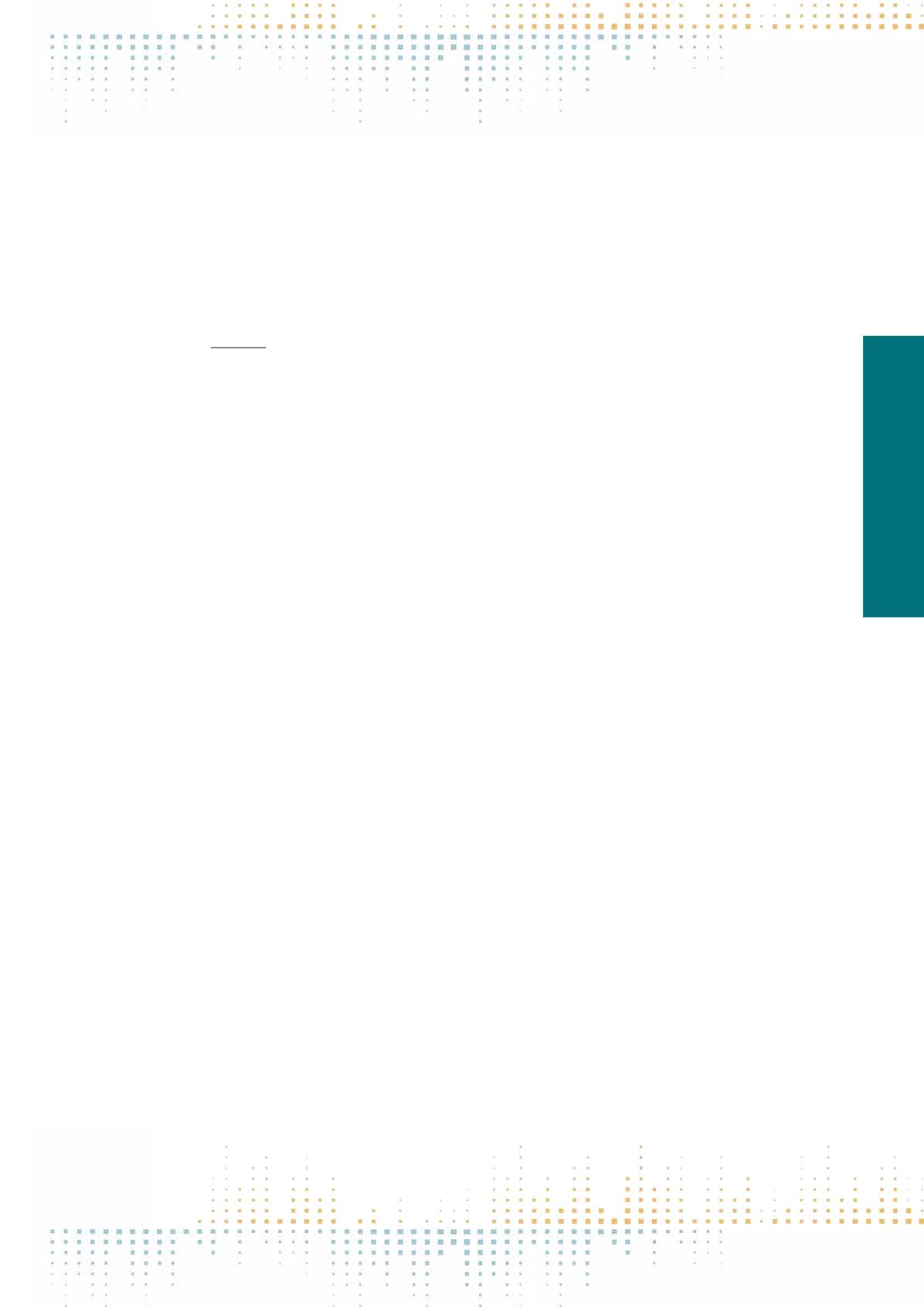

371
Thursday, November 10
1 6 : 3 0 – 1 8 : 0 0
the data. Dobek-Ostrowska (2004, p.220–222) distinguishes three types of symmetrical links and two kinds of non-symmetrical links taking into consider‑
ation the strength/weakness of political and media actors. The symmetrical relations appear when: 1. There are strong authorities and strong media – this
can lead to conflict or cooperation between such actors; 2. There are weak authorities and weak media – also leading to conflict or cooperation; or 3. There
is a balance between the authorities and the media – this is the most desired model in a democratic system if there is a low level of media politicization and
a high level of citizen participation. However, this model can also lead to collusion between political and media actors in order to fulfil their own interests,
regardless of the public interest. Non-symmetrical relations emerge when: 1. There are strong authorities and weak media – this leads to a situation where
political actors are dominant and try to influence and control the media (e.g. by blocking information, blocking entry into the media market etc.); 2. There
are weak authorities and strong media – which can lead to a situation where media actors can become political subjects, able to influence political life,
political decisions and freely realize their own interests.
PP 209
Strategic Frames and Ad Hominem Arguments in Journalistic Questions in Party Leaders Debate: A Longitutinal Analysis
A. Samaras
1
, N. Aspriadis
1
1
University of Piraeus, International and European Relations, Piraeus, Greece
All forms of live television journalist-politician interaction are asymmetrical communication (Clayman and Heritage 2002). Questions are the dominant
instrument of this asymmetry since they perform an agenda setting function and have the capacity to frame answers. This paper examines the content
of journalistic questions in the party leader’s debates of the Greek general elections of 1996, 2000, 2004, 2007, 2009 and 2015. Two aspects of journalistic
questions content with strong capacity to delegitimize politicians is examined: strategic frames and ad hominem arguments. Research in the USA identified
the dominance of strategic frame in the mediated representation of politics. Strategic frame is an organized set of assumptions that implies and often ex‑
plicitly state that leaders are self-interested at the exclusion of the public good, that do not serve their constituents’end, and that they are dishonest about
what they are trying to accomplish and driven privately by a desire to stay in power" (Cappella and Jamieson 1997). A grounded theory approach has been
employed to identify the facets of strategic frame and to construct a wide typology of its variations, of the manner that is has been employed and how it
has accommodated the operating logic of the news making process. Qualitative analysis is supplemented by quantitative analysis in order to examine not
only the variety of facets of the strategic frame but also the intensity of its use. The ad hominem or negative ethotic argument is a rhetorical strategy that
combines attack with ethos in order to deconstruct the credibility of the recipient of the attack. It comes in various forms: abusive ad hominem argument
, circumstantial ad hominem argument, bias ad hominem etc (Walton 1998). Previous research has employed Walton’s taxonomy in order to examine
the employment of ad hominem arguments by politicians in Parliamentary Discussions in Greece (Samaras, Papagianni & Papaioannou 2013; Samaras,
Kolovos & Papagianni 2015) and Presidential Debates in Cyprus (Kolovos & Samaras 2015) in a quantitative manner. A similar method of quantification
is employed in order to examine the employment of ad hominem arguments by journalists in debate questions. This paper has four aims: (a) the analysis
of every communication act allows examining not only the meaning but also the level of the relationship between participants. Journalistic questions
provide insight on how journalists perceive and operationalize their relationship with politicians.Thus the journalistic intrusion hypothesis (Patterson 1993)
is tested. (b) Journalistic questions perform several functions and operationalize news values. The analysis relates strategic framing and ad hominem
argument with journalistic functions and values. (c) The construction of journalistic bias through questioning is examined by using two key delegitimizing
strategies: the strategic framing and the ad hominem; thus expanding the research by Clayman and Heritage (2002) (d) Finally a concern of this project
is the overall representation of politics and politicians that emerge as a consequence of journalistic questions in the Greek party leadership debate. Both
the strategic framing and the ad hominem argument have the capacity to construct anti-political representations.



















